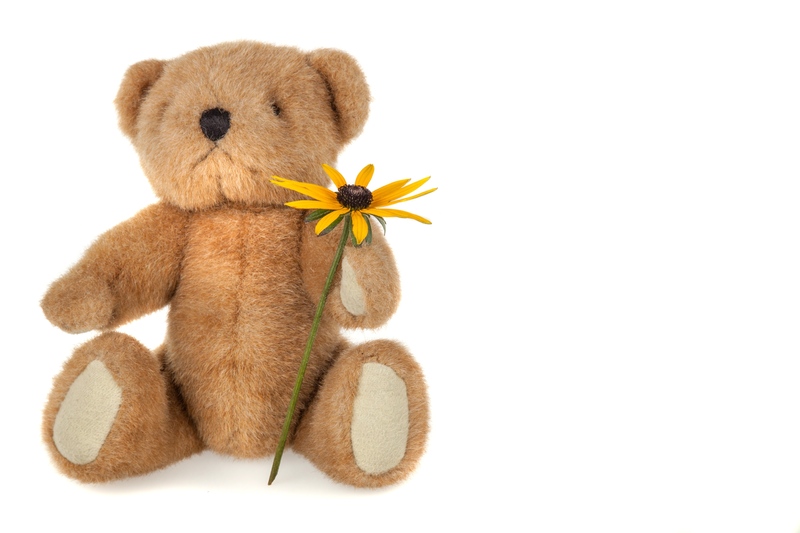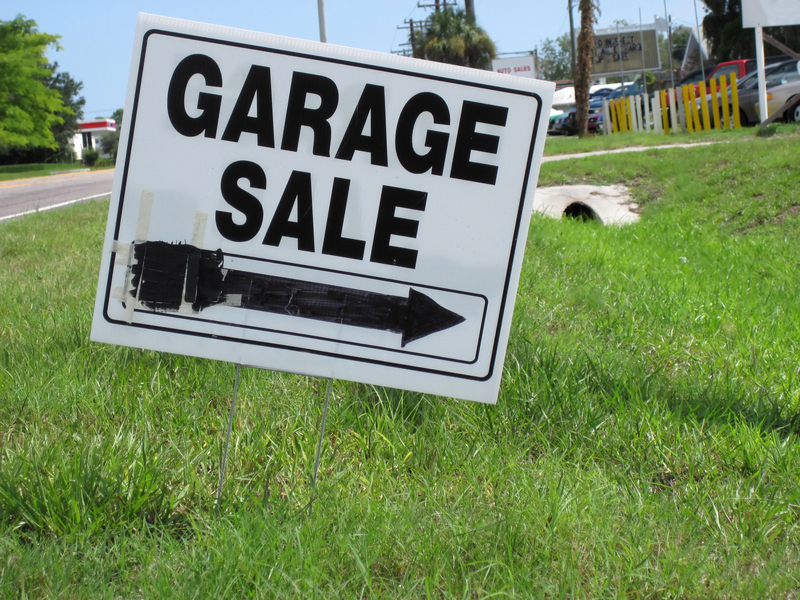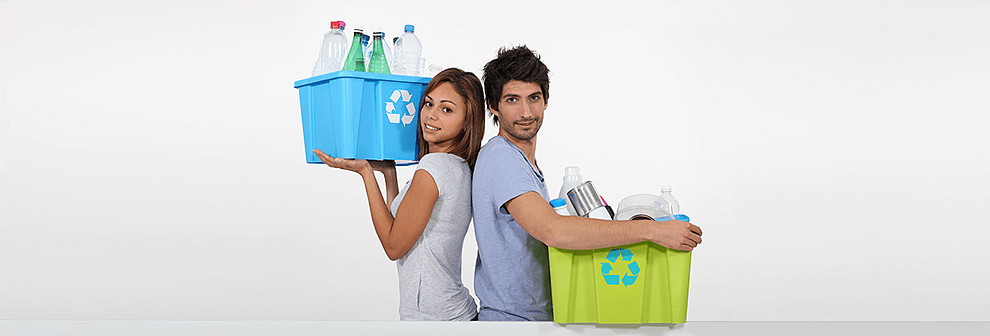Plastic-Free Alternatives
Posted on 25/09/2025
Exploring Plastic-Free Alternatives: A Comprehensive Guide
In the modern world, plastic has become a ubiquitous material, infiltrating nearly every aspect of our lives. While its versatility and durability have contributed to its widespread use, the environmental impact of plastic waste cannot be ignored. From polluting oceans to harming wildlife and contributing to greenhouse gas emissions, the repercussions of our plastic dependency are far-reaching. As awareness of these issues grows, so does the demand for plastic-free alternatives. This article delves into some of the most effective and innovative options available today.
Understanding the Need for Plastic-Free Alternatives
Before diving into specific alternatives, it's essential to grasp why transitioning away from plastic is critical. Plastics, particularly single-use varieties, have a staggering environmental footprint. According to research, about 8 million tons of plastic waste end up in the oceans every year. This pollution disrupts marine ecosystems, endangers wildlife, and even enters the human food chain through microplastics. Furthermore, plastics are derived from fossil fuels, contributing to carbon emissions and climate change.

Household Items: Sustainable Swaps
One of the simplest ways to reduce plastic consumption is by opting for household items made from sustainable materials.
1. Reusable Bags:
Plastic grocery bags are a significant source of landfill waste. Reusable bags made from cotton, jute, or recycled materials present a durable and eco-friendly alternative. They are capable of enduring numerous shopping trips, often lasting years.
2. Glassware and Stainless Steel:
Plastic containers and bottles can leach harmful chemicals into food and drinks. Glass and stainless steel options are not only safer but also more durable. From lunch boxes to water bottles, these materials ensure longevity and safety.
3. Natural Brushes and Sponges:
Plastic cleaning tools can be replaced with natural brushes made from bamboo and sponges derived from plant fibers. These options are biodegradable and often more effective, leaving a smaller environmental footprint.
Personal Care Products: Eco-Friendly Choices
The realm of personal care is rife with plastic, from packaging to the products themselves. Yet, myriad plastic-free alternatives exist.
1. Bamboo Toothbrushes:
Traditional plastic toothbrushes contribute millions of tons of waste each year. Bamboo toothbrushes, which are compostable and just as effective, provide a sustainable solution.
2. Solid Shampoos and Conditioners:
Bottled hair products are a staple in most households. Solid alternates, often packaged in paper or reusable tins, offer an innovative way to eliminate plastic. These products are concentrated, lasting longer and thus reducing packaging waste.
3. Safety Razors:
Disposable razors are predominantly plastic and have a short lifespan. Safety razors, typically made of stainless steel, offer a durable and environmentally-friendly alternative. With replaceable blades, they can last a lifetime, minimizing waste.
The Role of Recyclable and Biodegradable Materials
Transitioning away from plastic doesn't always mean avoiding synthetic materials altogether. Some options include innovative biodegradable and recyclable alternatives.
1. Bioplastics:
Derived from natural sources like corn, sugarcane, and potato starch, bioplastics can decompose more quickly under the right conditions. Brands are increasingly incorporating these materials into packaging and products.
2. Compostable Packaging:
Unlike traditional plastic, compostable packaging breaks down into non-toxic components, enriching the soil. This is pivotal for items like food wrappers and disposable tableware, which are often used once and discarded.
3. Recycled Materials:
Recycling existing plastic to produce new items reduces the demand for virgin plastic and conserves resources. Products ranging from clothing to outdoor gear are now available in recycled plastic, closing the loop and reducing landfill waste.
Fashion and Textiles: Dressing Sustainably
The fashion industry is another substantial contributor to plastic pollution, through synthetic fibers and packaging materials. Thankfully, many brands are shifting toward sustainable practices.
1. Natural Fibers:
Opting for clothing made from natural fibers like cotton, linen, wool, and hemp can drastically reduce plastic use. These materials are biodegradable, reducing the environmental toll.
2. Upcycled Fashion:
Upcycled fashion involves transforming old or discarded materials into new garments. This creative practice not only reduces waste but also fosters unique and innovative fashion.
3. Second-Hand Shopping:
Thrifting and buying second-hand clothes extend the life cycle of garments, reducing the need for new production and subsequent use of synthetic materials. It's an eco-friendly way to stay stylish and sustainable.

Technology and Gadgets: Minimizing E-Waste
Electronic waste is a rapidly growing problem, and much of it contains plastic components. While technology itself is indispensable, there are ways to make it more sustainable.
1. Modular Devices:
Modular design allows users to replace or upgrade parts of a device rather than discarding the whole item. This reduces waste and encourages the recycling of individual components.
2. Recycled Electronics:
Some companies now offer gadgets made from recycled materials. These products maintain the high performance of new devices while minimizing environmental impact.
3. Digital Services:
Transitioning to digital services like e-books and cloud storage can reduce the demand for physical products, subsequently decreasing plastic use.
Conclusion: Embracing a Plastic-Free Future
The alternatives to plastic are numerous and varied, offering sustainable solutions across every aspect of modern life. From household items and personal care products to fashion and technology, the choices we make daily can collectively create a significant impact. Embracing these alternatives requires awareness and a willingness to adjust habits, but the benefits to the environment and future generations are manifold.
In summary, transitioning to plastic-free alternatives doesn't necessitate a drastic lifestyle overhaul; rather, it involves making conscious, informed choices. By integrating sustainable practices into our lives, we can reduce our plastic footprint and contribute to a healthier, more sustainable planet. Let's take the step together towards a plastic-free future.




